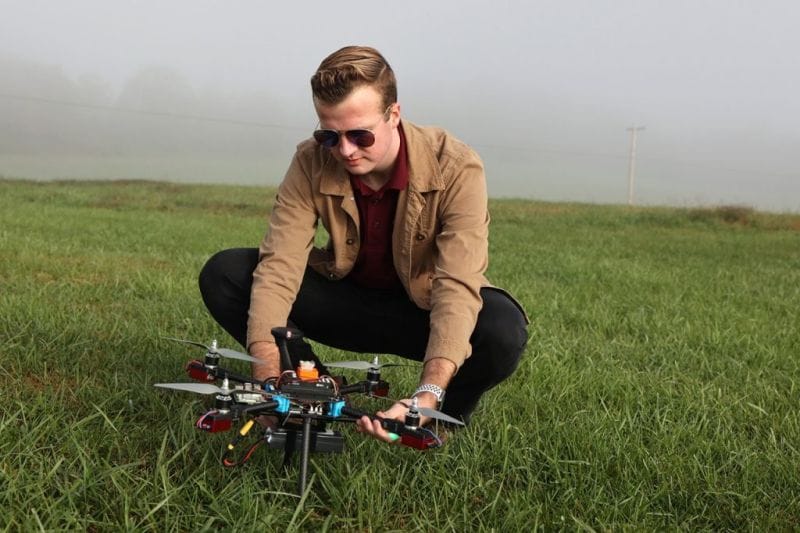RSS feed source: National Science Foundation
Managing diabetes is a daily challenge faced by nearly 40 million Americans. It involves tracking food intake, timing medication and engaging in physical activity. Getting it wrong can lead to serious health issues; therefore, developing better prediction tools is a vital part of effective diabetes care.
To support better diabetes management, researchers funded by multiple U.S. National Science Foundation grants are developing innovative tools that help patients predict blood sugar levels more precisely without compromising the privacy of their health data. This cutting-edge approach could transform how people with diabetes monitor and manage their condition in real-time.
At the core of this technology is a method called federated learning, which allows artificial intelligence models to be trained across many patients’ devices without sending any personal data to a central server. This setup is ideal for healthcare, where data privacy is paramount and patients often use battery- and memory-limited smart devices. But early federated learning systems struggled to adapt to individual differences, like how people eat, move or react to insulin.
To address this challenge, the research team grouped patients based on their carbohydrate (e.g., sugar and starch) intake levels. The idea is that people who eat in similar ways tend to show similar glucose patterns. By training the AI on these grouped behaviors, the model became more effective at making personalized blood glucose predictions.
To test
Click this link to continue reading the article on the source website.


